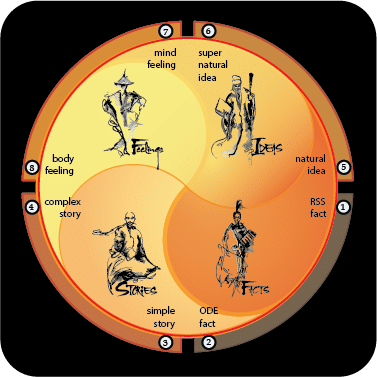Why is the Rivet Hypothesis widely accepted?
Nobel prize winning physicist, Earnest Rutherford, once said, if something is true, you can teach it to the bar maid. Certainly this analogy passes that test. But while it does touch on one aspect of the fragility of an ecosystem, in no way should this analogy be considered a proper hypothesis.
What’s missing?
In truth, a lot.
But it all centers around the lack of one idea.
For all things in nature, the stability in systems is an emergent property.
Even soap bubbles are, for a brief time, by nature, stable. And it is this stability, and its inherent beauty, that gives us the time and desire to know their nature.
There is, of course, always the possibility we humans can intervene, temporarily delaying an inevitable collapse. But once a system passes beyond the point wherein it is by nature, inherently stable, it becomes highly unlikely it will ever return to the “same” stable state. Buffalo have returned. But they will never come close to being what they once were as a species.
Ironically, the thing the Rivet Analogy points to rather well is the most overlooked idea in all of today’s science. By this, I mean the idea that we will never understand the true nature of our world until we stop trying to stuff the messy roundness of that nature into dry, square boxes filled with statistically linear logic.
The nature of our world is that all stable forms emerge in unpredictably and infinitely beautiful ways, only to, like soap bubbles, fade back into formlessness. This includes us. In effect, life itself is an emergent property. And this emergent property is the source of our beauty as well. Thus like soap bubbles, we should always be mindful of how easily we too can suddenly fade.
